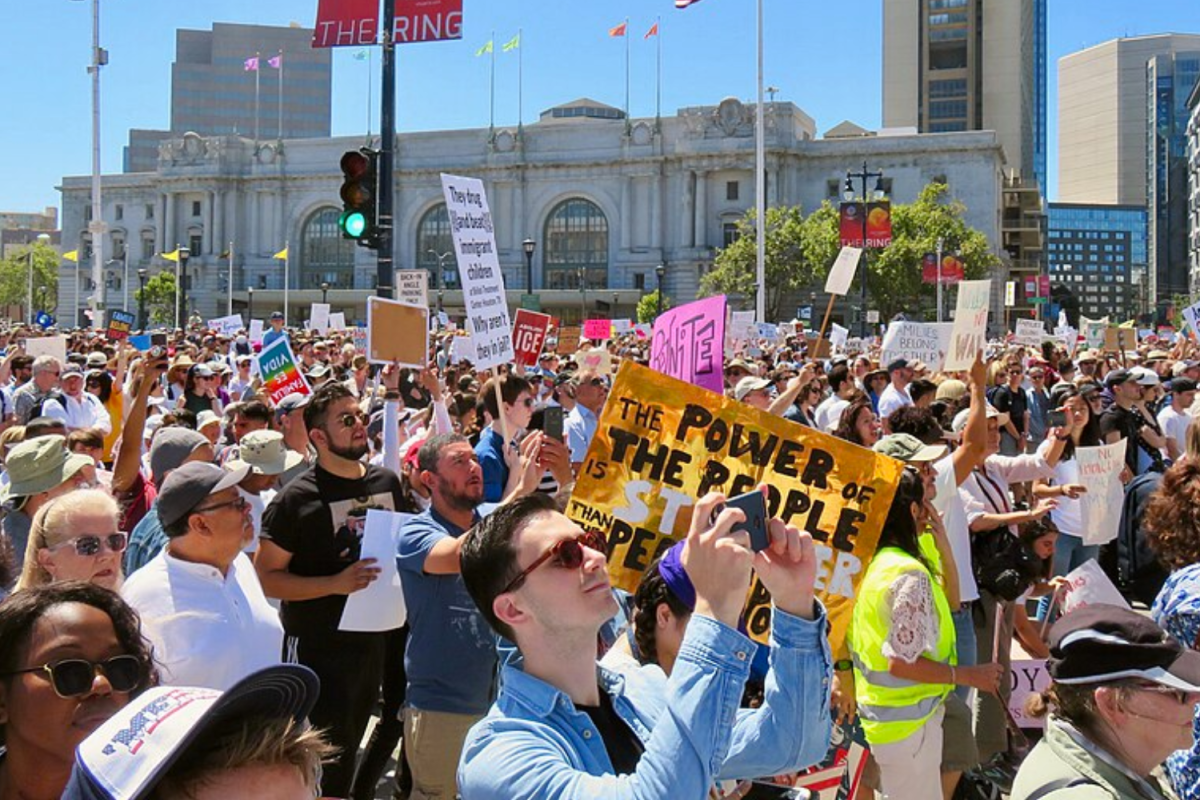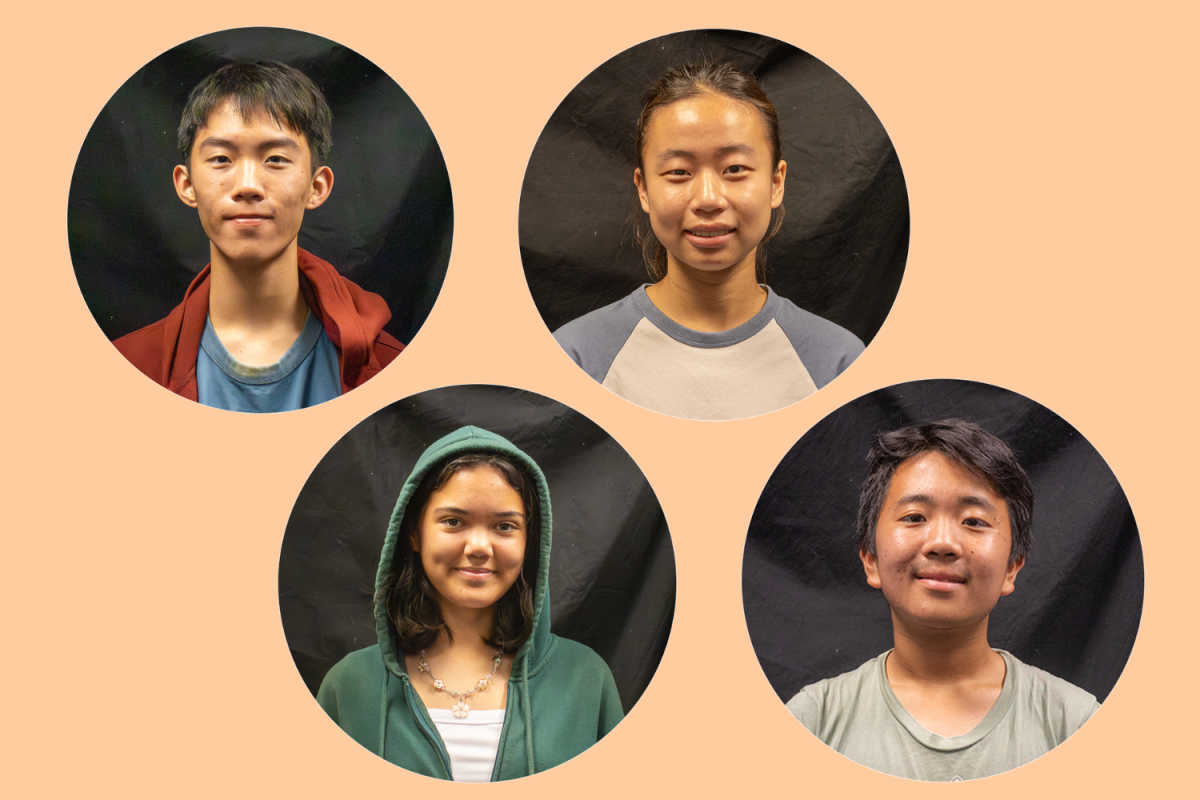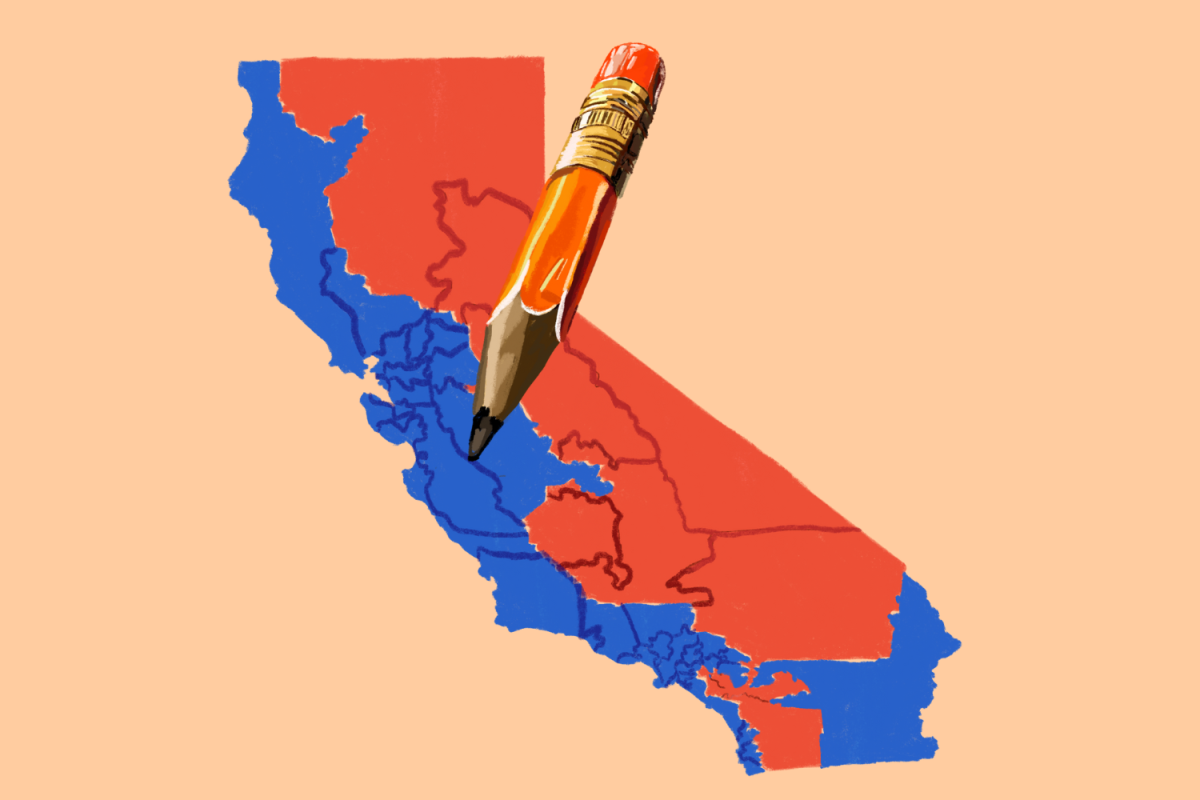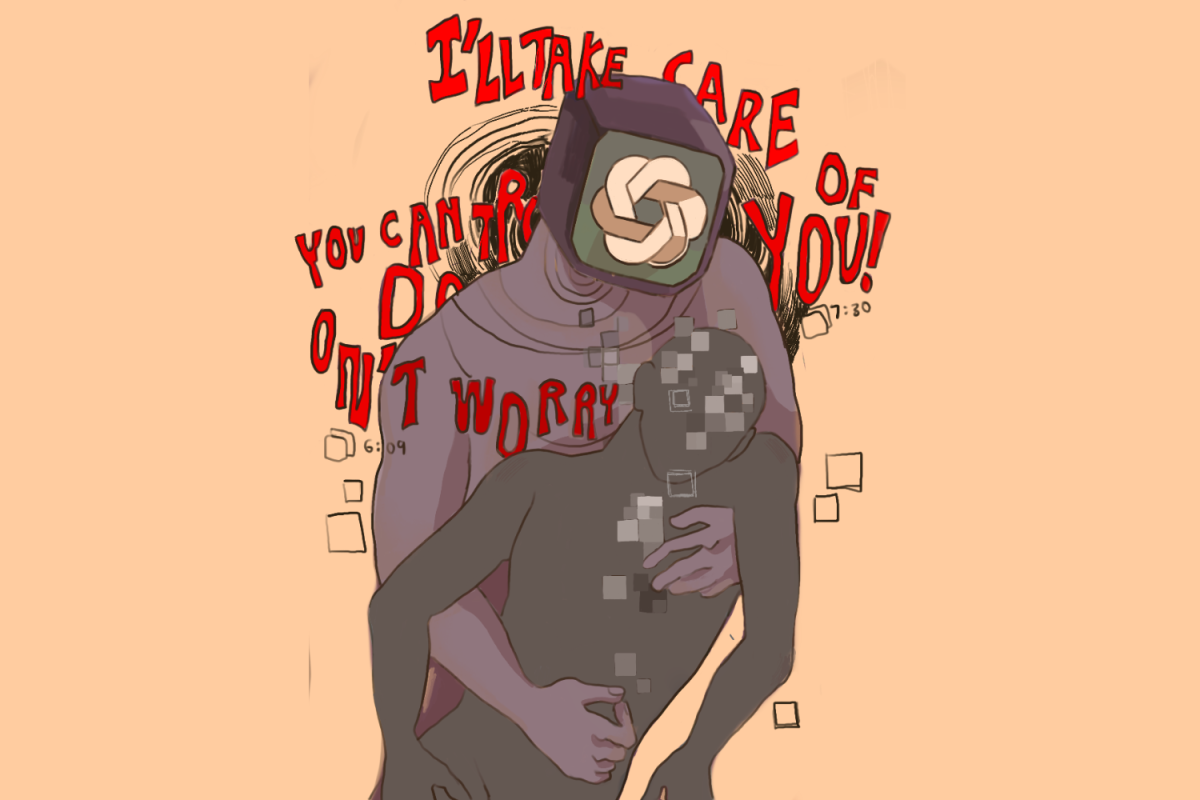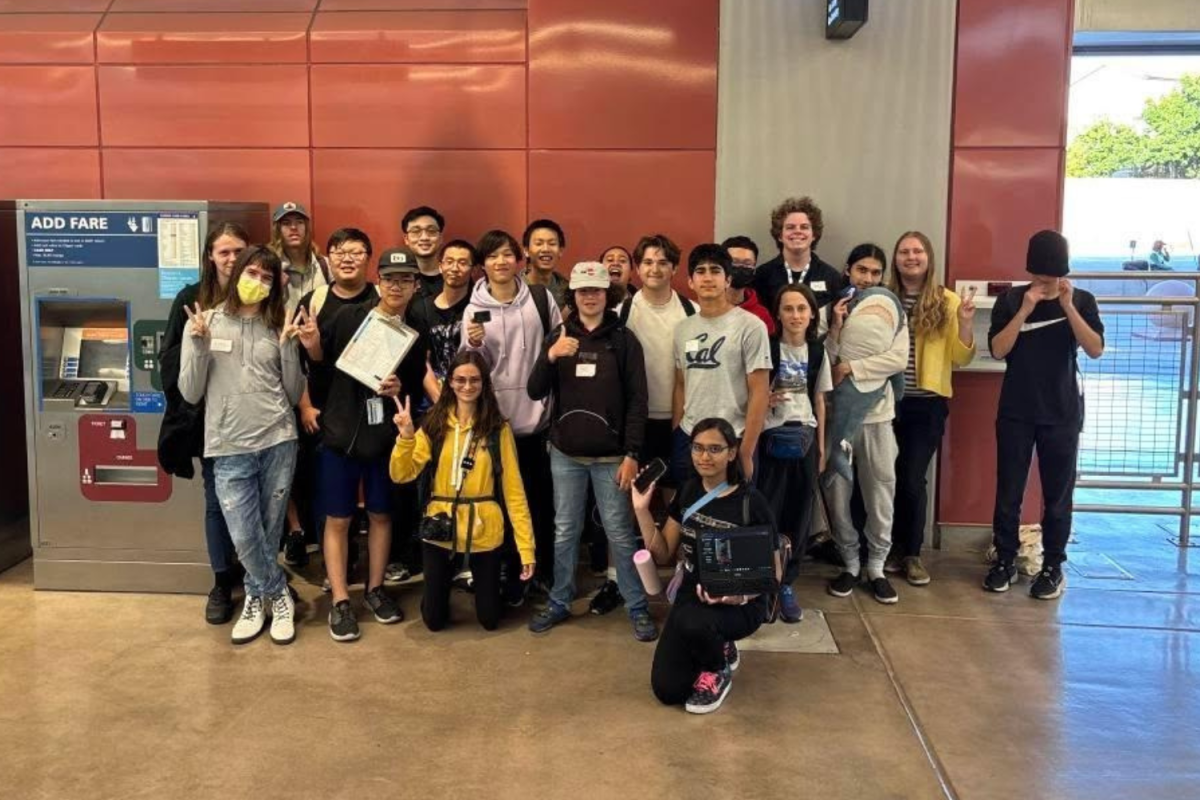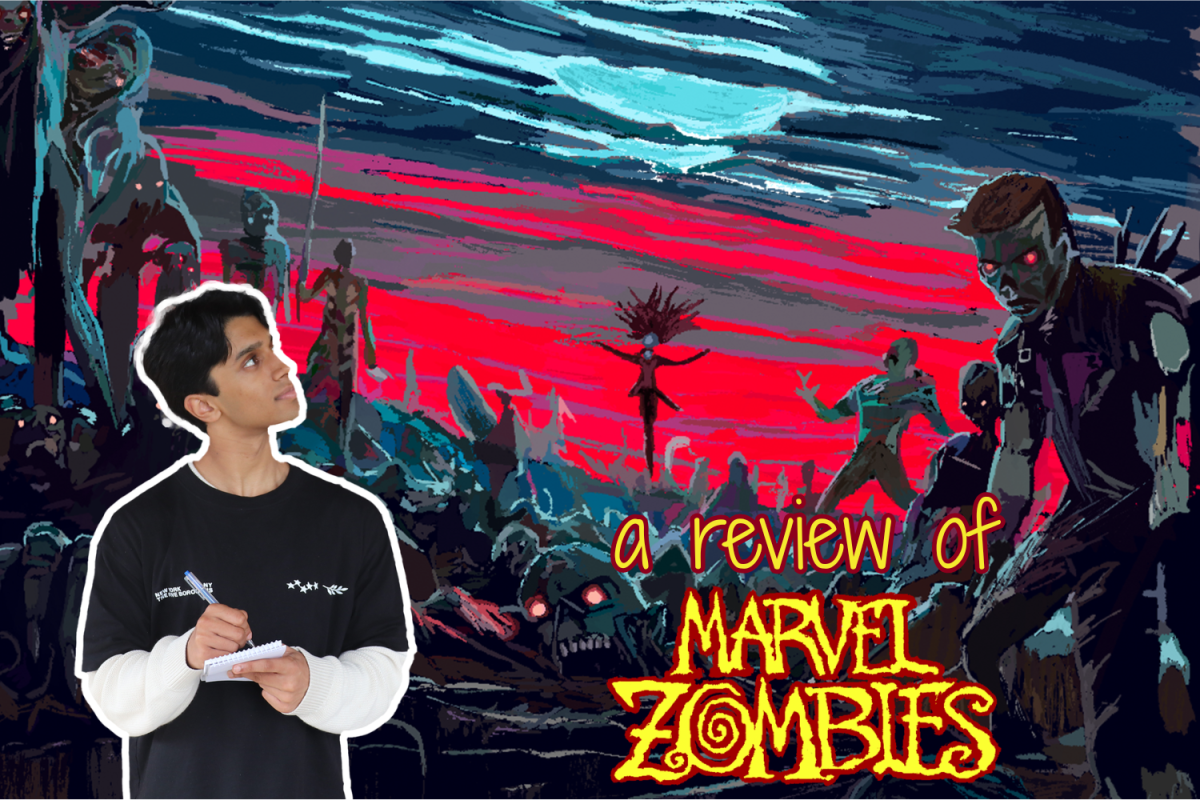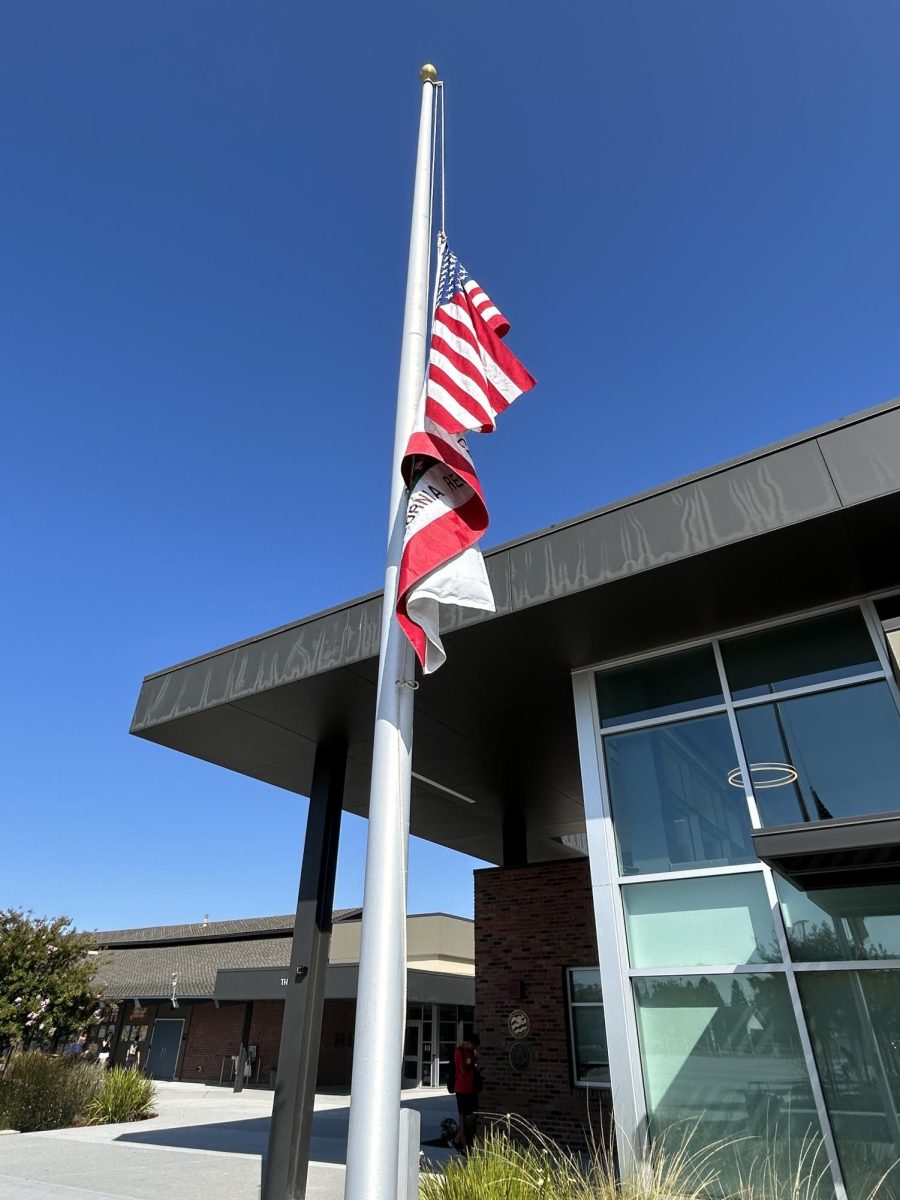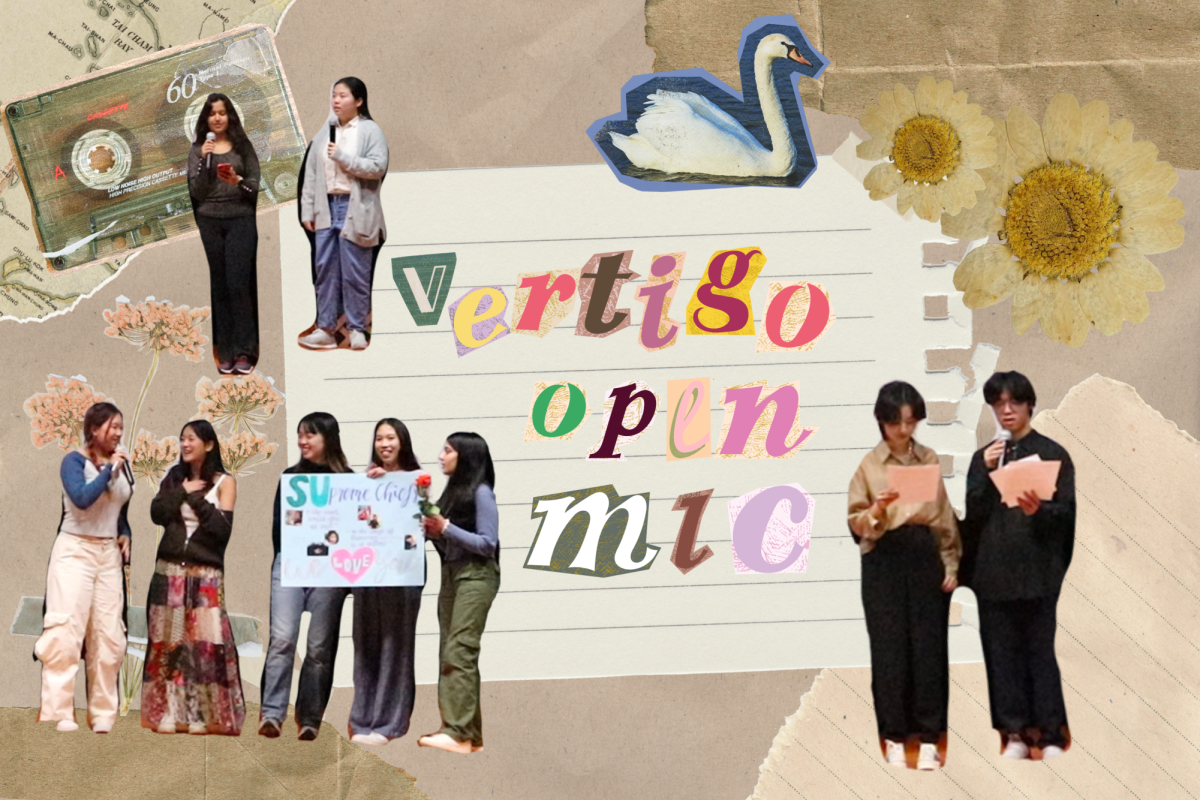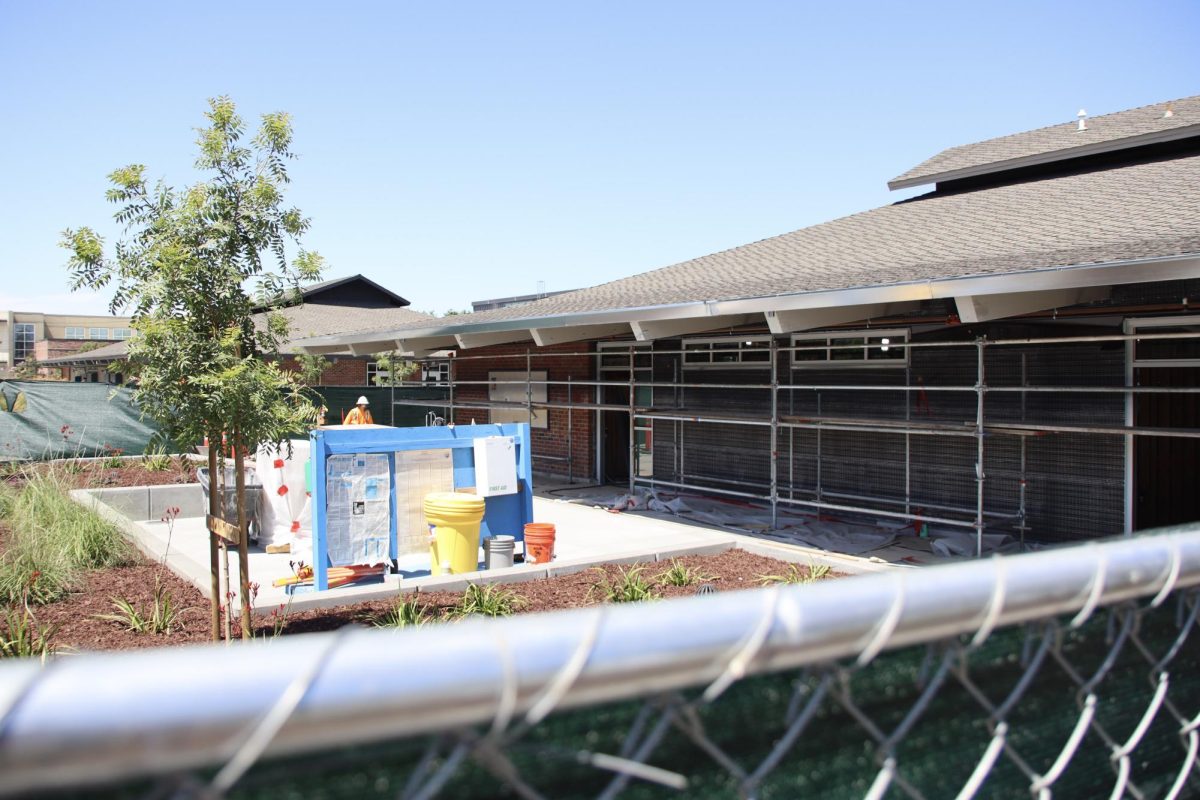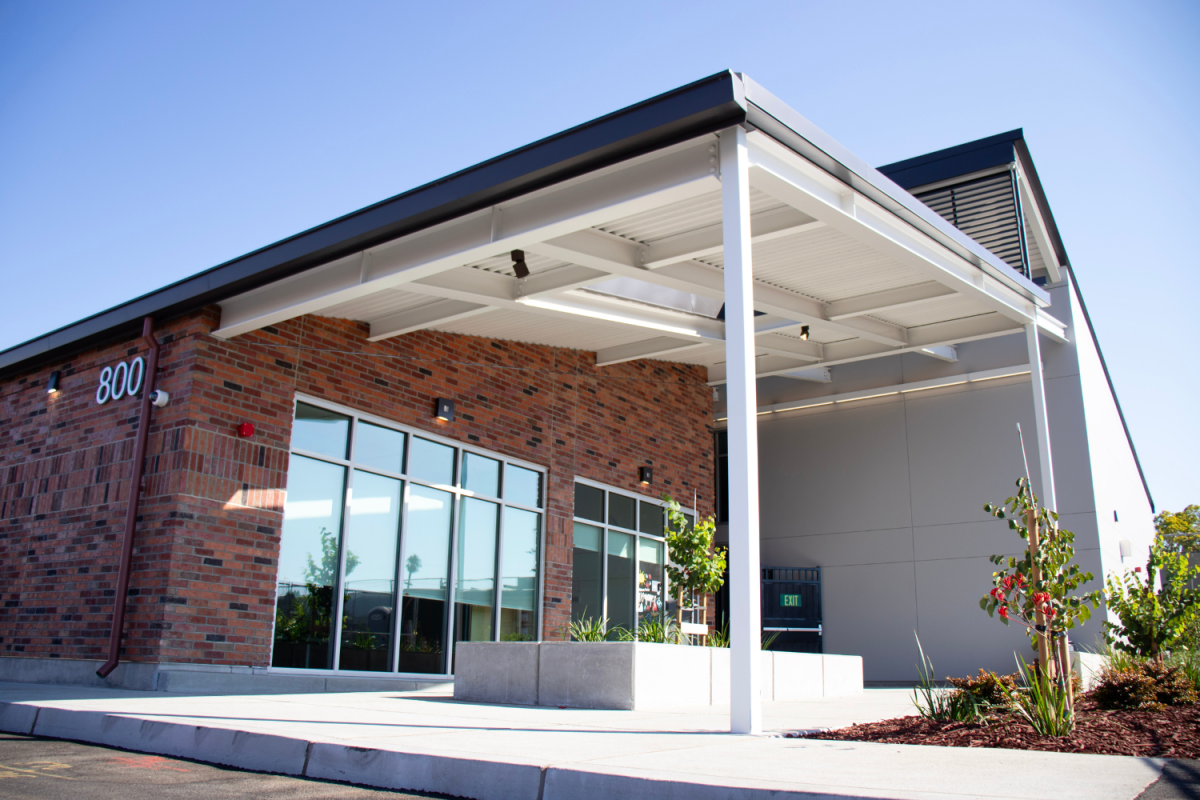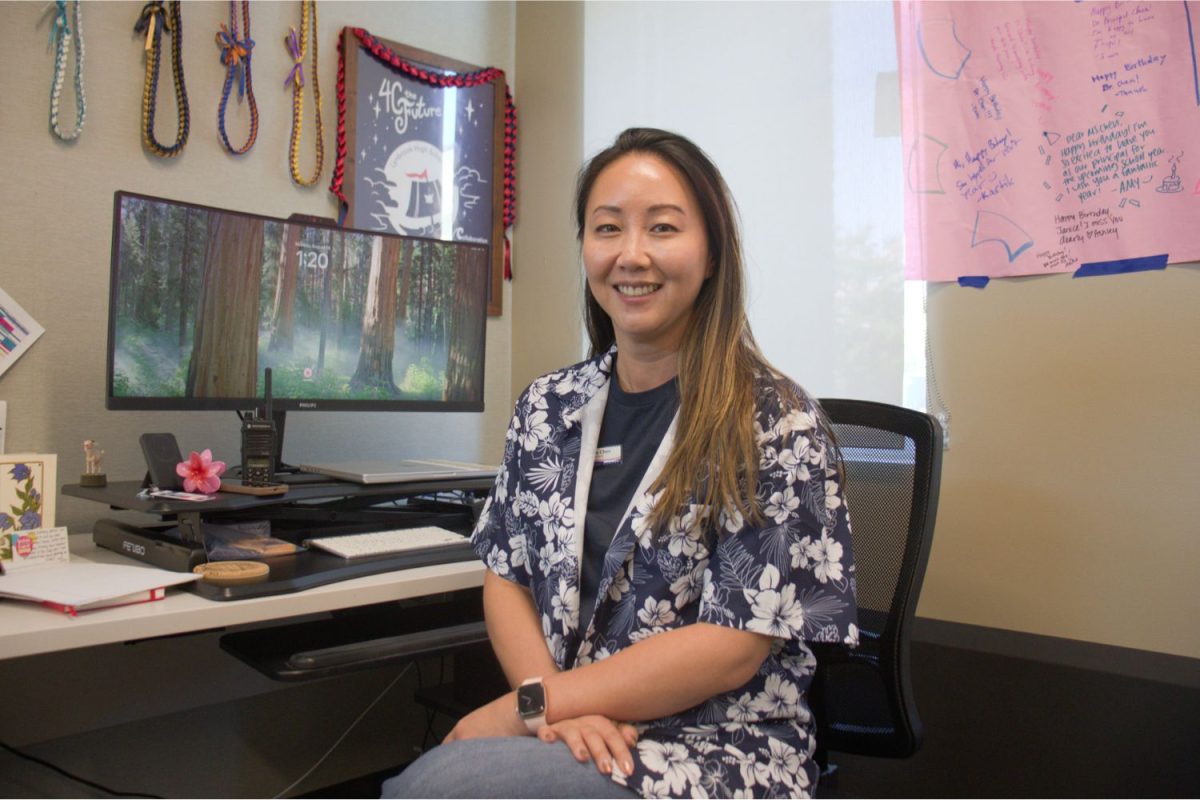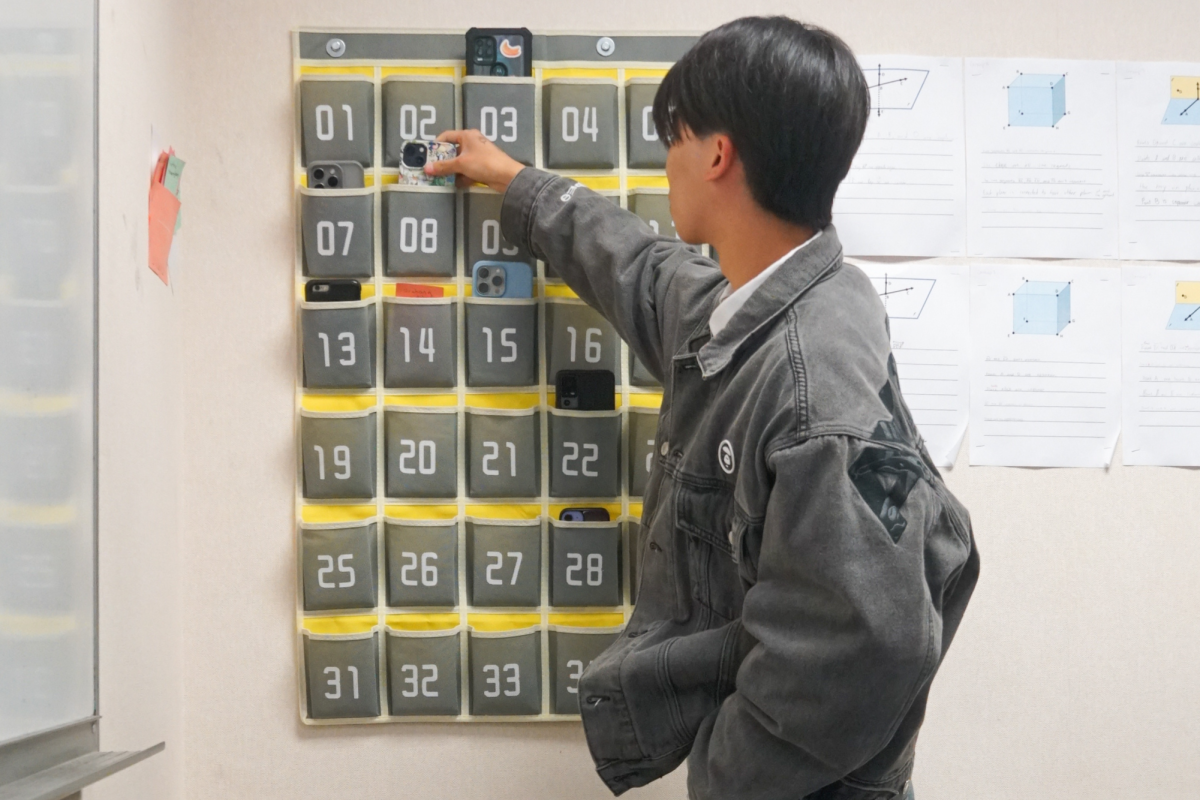In the past year, political tension washed across California as President Donald Trump’s administration increased national immigrant deportation operations and slashed medical and housing funding. The effects of these federal policies have garnered local backlash: Bay Area schools, and city and county governments have responded to the administration in a variety of ways.
County and state-wide responses to recent federal immigration crackdown
In June, two dozen members of the Solidarity and Unity Network, a coalition of groups dedicated to San José’s social justice and minority rights advocacy, gathered in front of the Robert F. Peckham Federal Building to protest federal immigration policy.
Immigration and Customs Enforcement raids, which have been on the uptick in the Bay Area since President Donald Trump took office, have garnered local government pushback. California passed policies such as Assembly Bill 49, while Santa Clara County Office of Education made a similar commitment to keeping ICE off school campuses. Fear of detainment among students triggered declining attendance rates at Santa Clara County schools in early 2025. According to Santa Clara County Office of Education Trustee Jorge Pachero Jr., schools within the county experienced an average drop in attendance of 5,000 students in January, which doubled to 10,000 in February.
In a July article, the East Bay Times reported that ICE arrests jumped up 77% in Northern California since 2024. This was attributed to the H.R.1, better known as the One Big Beautiful Bill signed by President Donald Trump on July 4, which increased the ICE detention budget by over 300%, giving the agency an additional $75 billion for arrest, deportation and detention efforts.
“I know people who don’t have their citizenship who have gotten an email from the US embassy saying ‘Keep your identification on at all times,’” junior Evan Li said. “That’s scary.”
On Sept. 23, FUHSD sent an email to all families reaffirming its commitment to ensuring the safety of immigrant students and referred them to the Santa Clara County Office of Education’s resource webpage for immigrant students.
“There are strong policies in place to protect students now,” Principal Janice Chen said. “But more of the concern arising regards periods of transit to and from campuses, and unfortunately, that is not in our jurisdiction, because our jurisdiction is within our campuses. What we can do is ensure that once students have reached our campuses, they feel safe here.”
In December 2024, the Santa Clara County Office of Education and the Santa Clara County Board of Education co-sponsored A.B. 49, a bill introduced by assembly member Al Muratsuchi prohibiting ICE agents from entering school campuses without providing valid identification, a proper judicial warrant and approval from the superintendent of the school district. A.B. 49 was signed into law by Gov. Gavin Newsom on Sept. 20.
Adding to this effort, the Santa Clara County Board of Supervisors voted unanimously on Sept. 17 to form a county-coordinated response to ICE raids and deportations. Since December 2024, the county’s leaders have invested $13 million into deportation legal defense and the Rapid Response Network, which is a community defense project founded in 2016 during the first Trump administration to defend against immigration raids. The organization operates a 24/7 hotline for residents to report ICE activity in their community and gives residents legal support in immigration-related proceedings.
Local governments have also passed legislation to respond to the growing trend of ICE agents wearing face coverings to conceal their identity while carrying out enforcement actions, which the Department of Homeland Security defended by claiming a 413% increase in assaults against their agents. As a result to the expressed safety concerns over ICE agents operating without visible identification, San José city council members Peter Ortiz, Rosemary Kamei, David Cohen and Pamelo Campos authored a city-wide policy memo that directs the city to write an ordinance preventing all ICE agents from wearing masks and requiring them to wear visible identification. This effort was doubled-down as the California state legislature passed Senate Bill 627 on Sept. 20, banning any law enforcement officer from concealing their face while carrying out operations.
“Local governments are more or less fighting back, trying to say, ‘Hey, if you’re going to do these policies, we’re going to make it as difficult as possible for you to do them,’” social studies government and economics teacher Jeffrey Bale said. “And that is a powerful thing when people can say ‘I stood up for you,’ and it is a way for local governments to support their constituents and say, ‘we fought for you.’”
County and state-wide pushback to federal healthcare policies
Included in H.R.1 is a 15% reduction in federal funding for Medicaid. According to estimates from the nonpartisan Congressional Budget Office, the bill would cut roughly $1.1 trillion in healthcare spending over the next decade; $1 trillion of the cuts will be to Medicaid. The CBO estimates that H.R.1 would leave 11.8 million Americans uninsured by 2034.
Local and state government officials have expressed concern that deep cuts to Medicaid, called Medi-Cal in California, would negatively impact residents as the program currently insures over one-third of California’s population. On Sept. 17, the San José Spotlight organized a panel, bringing together local healthcare experts to discuss the implications of federal healthcare cuts on Santa Clara County residents. This comes as county leaders have projected more than $1 billion in Medi-Cal cuts to the county as a result of H.R.1, which may impact the one in four Santa Clara County residents who rely on Medi-Cal for health coverage. Moreover, Medi-Cal is the largest federal revenue source for the county’s public hospital system containing four hospitals and 15 health clinics, which panelists said would be gutted of critical funding due to the bill.
In hopes of softening the blow of Medi-Cal cuts on the county, the Santa Clara County Board of Supervisors voted unanimously on Aug. 7, to include a five-year, five-eighths cent sales tax increase, known as Measure A, on the Nov. 4 special election ballot. Measure A would require approval from more than 50% of Santa Clara County voters to pass. County officials estimate that Measure A would help the county raise approximately $330 million per year. Although it cushions the county’s public health care system from federal cuts, officials fear that it won’t be enough to cover anticipated losses.
Cities like Oakland also coordinated the “Families First” protests in July, which took place in Oakland and San José and involved community members, Medicaid recipients and local healthcare workers. Bay Area demonstrators chanted, carried signs that read “No Big Ugly Bill” and called the cuts inhumane. The cut funds are being diverted toward federal funding for immigration enforcement and ICE raids.
Amidst large cuts to public health care funding, the Trump administration has also rolled back vaccine recommendations to the public. In June, United States Health Secretary Robert F. Kennedy Jr., a leading antivaccine activist prior to his appointment as the nation’s top health official, fired all 17 members of the CDC Advisory Committee on Immunization Practices and replaced them with a new group including some anti-vaccine advocates. On Sept. 19, the panel voted against recommending the updated COVID-19 vaccine to anyone aged 6 months or older, leaving it as a personal choice for individuals to get vaccinated. The panel also declined recommendations for states to require a prescription for COVID-19 vaccines, among other types of vaccines.
In response to the limitation of federal vaccine recommendations, California, Oregon, Washington and Hawaii formed the West Coast Health Alliance in early September to issue their own recommendations for the 2025-26 respiratory virus season. These recommendations include for children between 6-23 months of age, people 65 years of age and older and people younger than 65 with risk factors to receive the COVID-19 vaccine. The alliance also recommended that all people older than 6 months of age get a flu vaccine.
“I am glad to hear that there are states coming together to make these recommendations, given the nature of our society in which we live, where people travel from state to state,” nurse and infection preventionist Matthew Guenther said. “Unfortunately, we may still see outbreaks of these preventable diseases in states which are trying to protect patients’ access to these life-saving vaccines because people move around within the country.”
Institutionalization of Homeless Population
The Trump Administration ceased funding for the Housing First model on July 24, a program which provided permanent housing to homeless people before they meet work or sobriety requirements. Executive Order 14321, entitled “Ending Crime and Disorder on America’s Streets” has increased the threat of involuntary commitment for the homeless, especially in cities like San Francisco and Los Angeles. Currently, California’s homeless population is the biggest in the nation, having been estimated at 187,000 individuals, or 28% of the nationwide population.
The California legislature passed a spending plan on June 13 that allocated $325 billion toward building temporary housing. However, recent federal cuts have forced the California legislature to negotiate a compromise in the face of strained budgets.. In May, San Francisco joined a coalition of local governments to sue the Trump administration for threatening to revoke hundreds of millions of dollars in federal grants aimed to assist and prevent homelessness.
Santa Clara County Board of Supervisors voted unanimously on Aug. 7 to include a five-year sales tax increase, known as Measure A, on the Nov. 4 special election ballot. Measure A, which would require approval from more than 50% of voters to pass, would help the county raise around $330 million per year for low-income affordable housing.
Meanwhile, Bay Area mental health advocacy groups such as Families Advocating for the Seriously Mentally Ill are protesting, arguing that with the federal government deploying a significant police presence to relocate and arrest homeless individuals, the negative stereotypes and criminalization of the mentally ill are going to skyrocket.
“The issue of involuntary institutionalization is a difficult one,” said Charles Ungerleider, friend of FASMI vice president. “I think mass institutionalization without consent is wrong, but I think that there are circumstances under which involuntary institutionalization is necessary. But you can’t essentially round people up. It’s not making communities safer, and it’s undermining the rule of law in serious ways.”



